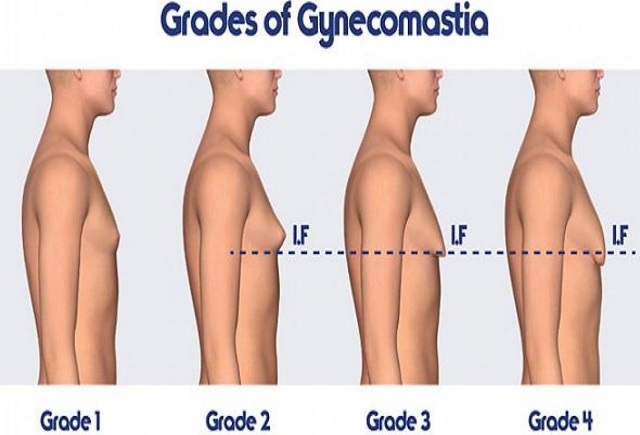
Gynecomastia
Not to be confused with a breast enlargement due to buildup of fat, gynecomastia is a condition in which the patient develops oversized or an enlarged gland or tissue in their breast, due to a hormonal imbalance. While harmless, the condition can be quite embarrassing, uncomfortable or even scary. Many times it goes away on its own but if it doesn't, one can visit a medical professional for further assessment and treatment because the disorder is oftentimes a symptom of an underlying serious condition. A West Palm Beach plastic surgeon can help you get rid of the disorder if it's not responding to treatment or provide a permanent solution. Take time to understand the risk factors that cause gynecomastia, and ask as many questions when you visit your doctor.
Recognizing Symptoms
Assess your body by feeling your breasts for soft lumps. With gynecomastia, the breast tissue develops in one or both breasts. The enlarged tissue may be located directly beneath the nipple, thus it can be felt with your fingertips. If you have the condition, you'll experience a soft, rubbery lump in the breast. If you feel any lump in your breast, make an immediate appointment with your doctor. A hard lump could indicate the presence of a tumor. The lump can occur in either or both breasts and it could be of different sizes.
As you assess the lump, note the tenderness, and soreness, especially when you press the breast. Gynecomastia feels sore when you touch the lump. If you feel a lot of pain, make an immediate appointment with the doctor. It's quite possible that being obese or overweight can contribute to gynecomastia.
Medical Diagnosis
Gynecomastia is not dangerous by itself. However, it could be an indication of something more serious. See a doctor right away if you experience pain and swelling in the breast, discharge from one or both nipples, and a hard lump in your breast. Pain could be a symptom of a cyst or an infection. A discharge could indicate breast cancer, an infection in the breast tissue / chest muscle, or a disorder in the endocrine system. A hard lump could also indicate breast cancer.
On visiting the doctor, discuss your health history with as much openness as you can. It will be much easier for your doctor to understand the condition if they get thorough information about your medical history and overall health. Tell the doctor about any other symptoms you may have, any related health problems in your family, or any medical problems you've had in the past. You can also enlighten them on the kinds of medication you're using.
Assessing Risks
Some people have a higher risk of developing gynecomastia than others. Look at your history, overall health or age. You are most likely to develop gynecomastia if you're undergoing puberty or are between the ages of fifty and seventy. There is also the risk of infant gynecomastia but it usually goes away on its own. If you have any condition that affects the body's production of testosterone, you could be at risk of developing gynecomastia. You're also at risk if you have a liver condition, hyperactive thyroid gland, or if you have certain types of tumors especially in the testes, adrenal gland, and pituitary gland.
In addition to that, take note of the kinds of medication you're taking, as certain types of prescription drugs can cause the disorder. If you take certain hormones or steroids, it can increase estrogen production leading to gyno, AKA man boobs. Consult your doctor to assess your risks of moobs.
